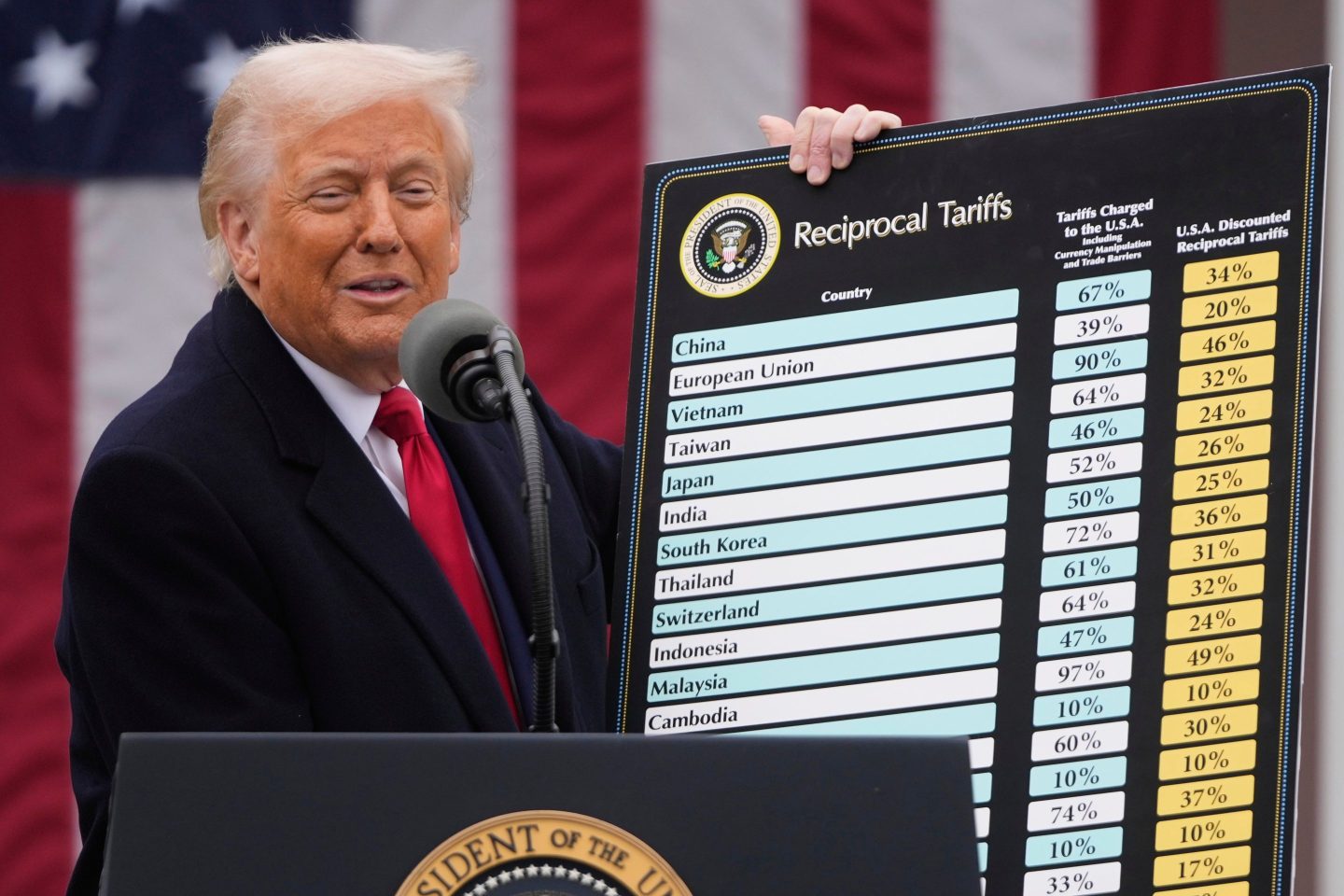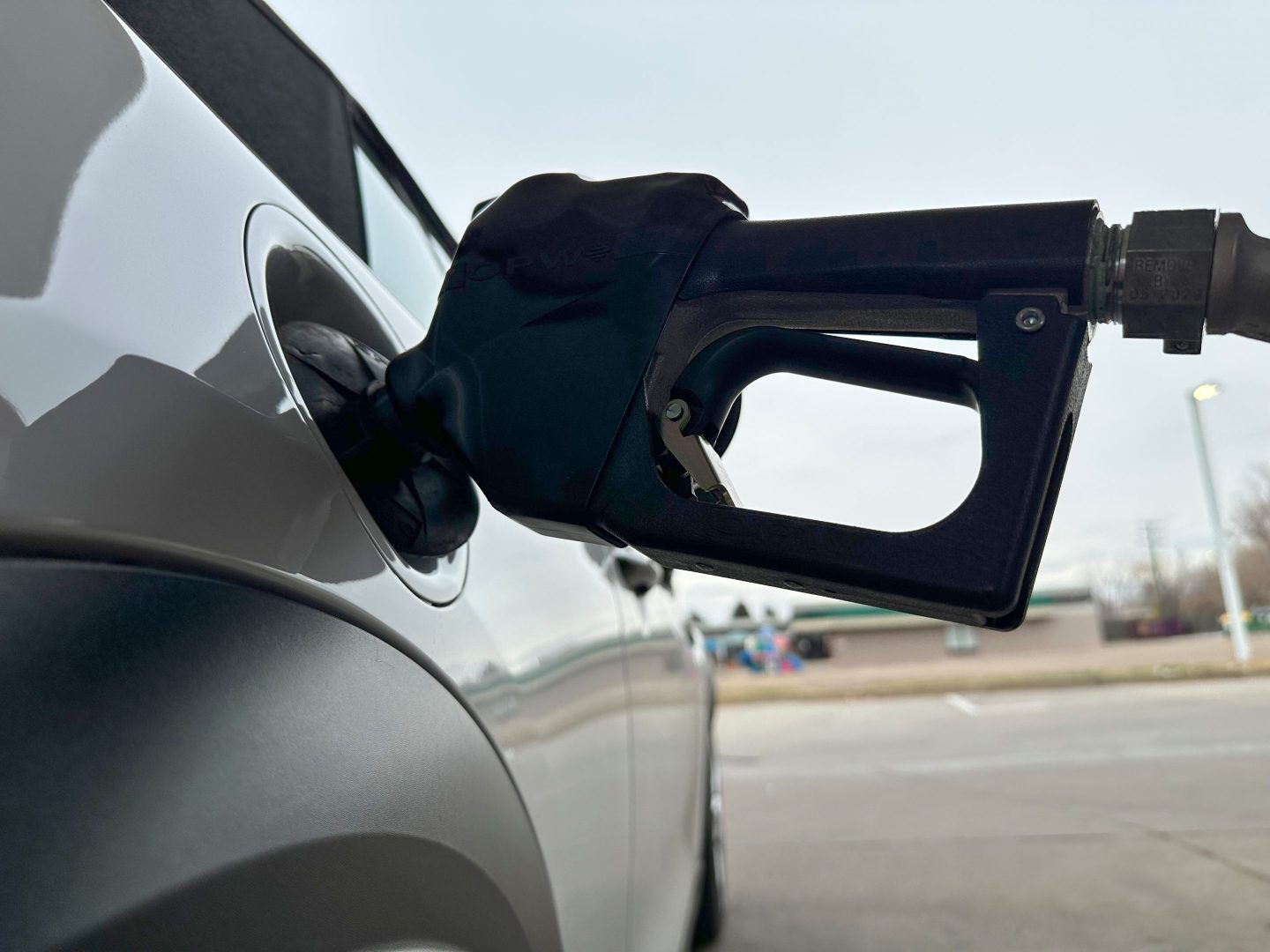Ford posted stronger-than-expected third-quarter results on record revenue, but cut its 2025 outlook amid a New York aluminum plant fire and shifting trade rules that are reshaping the automaker’s near-term path and product mix. In a pointed nod to Washington, CEO Jim Farley credited President Trump’s latest tariff policies and domestic-production credits with tilting the field toward U.S.-built trucks—while signaling Ford will lean harder into profitable gas and hybrid models as federal emissions goals ease.
By the numbers
Ford delivered record Q3 revenue of about $50.5 billion, with adjusted EBIT of roughly $2.6 billion, essentially flat year over year and ahead of Wall Street expectations, as strength in Ford Pro and trucks offset tariff headwinds and EV losses. The company generated about $4.3 billion in adjusted free cash flow in the quarter, lifting year-to-date FCF to roughly $5.7 billion and supporting liquidity of about $54 billion, including nearly $33 billion in cash.
Outlook resets
Management lowered full-year 2025 adjusted EBIT guidance to $6.0 billion-$6.5 billion from $6.5 billion-$7.5 billion and adjusted free cash flow guidance to $2.0 billion-$3.0 billion from from $3.5 billion-$4.5 billion, reflecting the fallout from the Novelis aluminum facility fire that has disrupted F‑150 and SUV supply chains and will weigh on Q4 results before partially reversing next year via working-capital recovery. Ford now expects a 2025 adjusted EBIT headwind of roughly $1.5 billion to $2.0 billion from the supplier incident, with at least $1 billion of that mitigated in 2026, and plans to hold capex near $9 billion while pursuing another $1 billion in industrial cost reductions next year.
Tariffs and credits
Tariffs remained a swing factor in Q3, with Ford citing about a $700 million quarterly burden as broad-based duties on imported vehicles and parts fed through to costs and pricing. Even so, management said 2025’s net tariff hit should be closer to $1 billion—down from prior expectations of roughly $2 billion—owing in part to policy adjustments that reward U.S. assembly and offset parts costs, and to new 25% duties on imported medium- and heavy-duty trucks that favor Ford’s U.S.-built Super Duty lineup.
Farley thanks Trump
“I’d like to thank President Trump and his team for the recent tariff policy developments, which are favorable to Ford as the most American auto manufacturer. Credit, based on our large U.S. manufacturing volume, will allow us to offset tariffs on imported auto parts we need for our strong American production and manufacturing base,” Farley told investors on the earnings call. “In addition, tariffs leveling the playing field for those imported medium and heavy-duty trucks is a positive for Ford because we are no longer disadvantaged for building every single one of our Super Duty trucks here in the United States.”
Farley said he and other company leaders are continuing to watch for a meaningful reduction in federal tailpipe emissions requirements, which could come by the end of the year.
Fortune previously analyzed Ford’s $5 billion bet on its next-generation EV platform and the company’s attempt to build what Jim Farley called the “Model T of electric vehicles,” a radical manufacturing overhaul that could redefine its future .
Farley had earlier admitted the company “can’t even buy” certain parts in the U.S., underscoring the complexity of supply-chain realignment amid White House trade shifts .
Segment dynamics
Ford Pro remained the profit engine, with about $17.4 billion in revenue and roughly $2.0 billion in EBIT, reflecting robust commercial demand and pricing power in vans and Super Duty trucks. Model E continued to weigh on results with year‑to‑date losses of about $3.6 billion, while Ford Blue delivered roughly $1.5 billion of EBIT as hybrids and core internal combustion engine nameplates supported margins amid uneven EV adoption.
What it means for 2026
Executives outlined a cleaner 2026 setup: partial recovery of the Novelis impact, tariff effects broadly similar to 2025 but better offset by credits and mix, elimination of anticipated compliance headwinds as emissions rules evolve, and another $1 billion in structural cost-downs to be redeployed into accretive ICE and hybrid programs. The through-line: prioritize high-ROI trucks and hybrids now, fund a disciplined EV roadmap on a next-gen platform later, and use policy tailwinds to defend margins in Ford’s most American businesses.
For this story, Fortune used generative AI to help with an initial draft. An editor verified the accuracy of the information before publishing.












